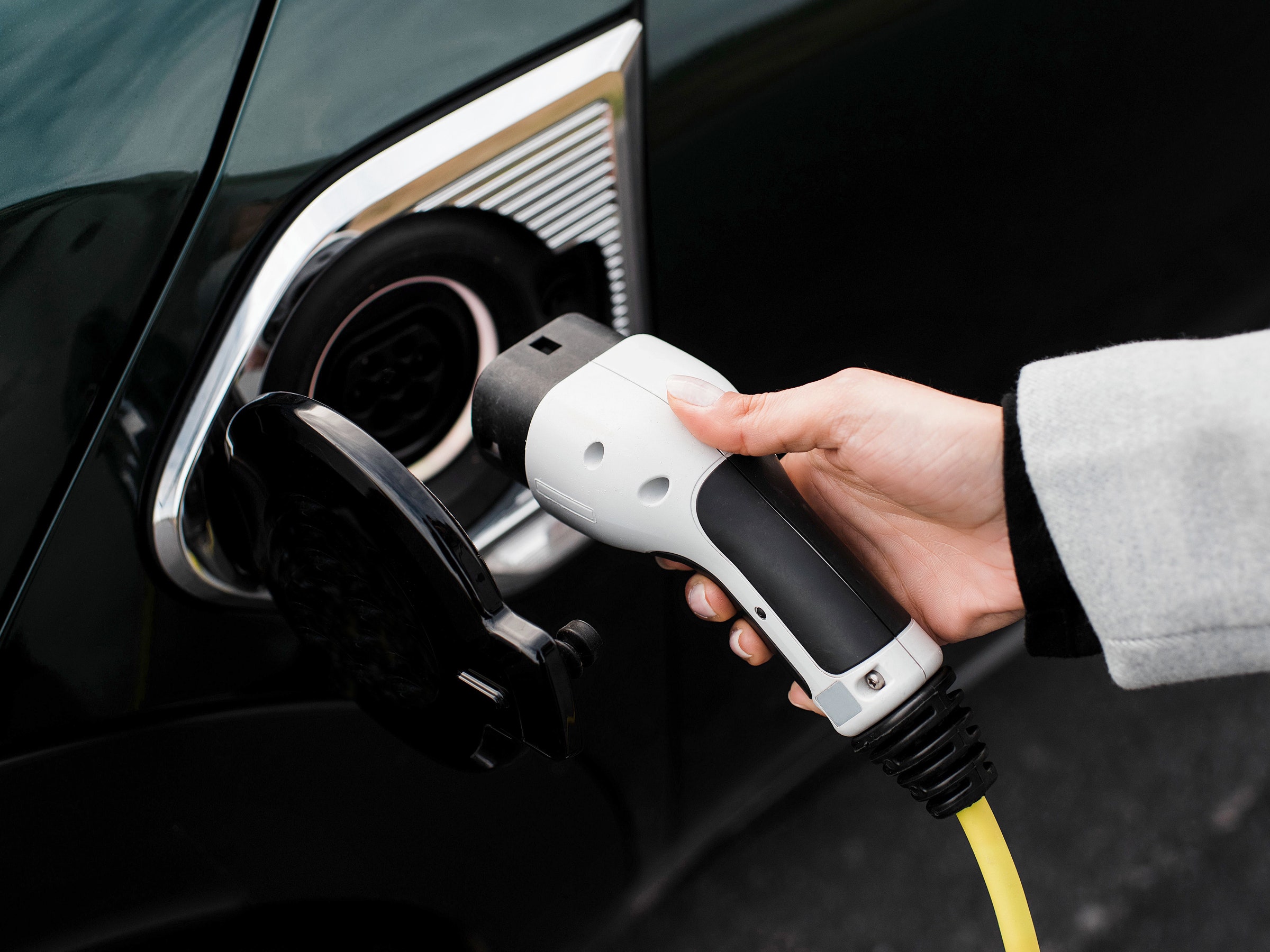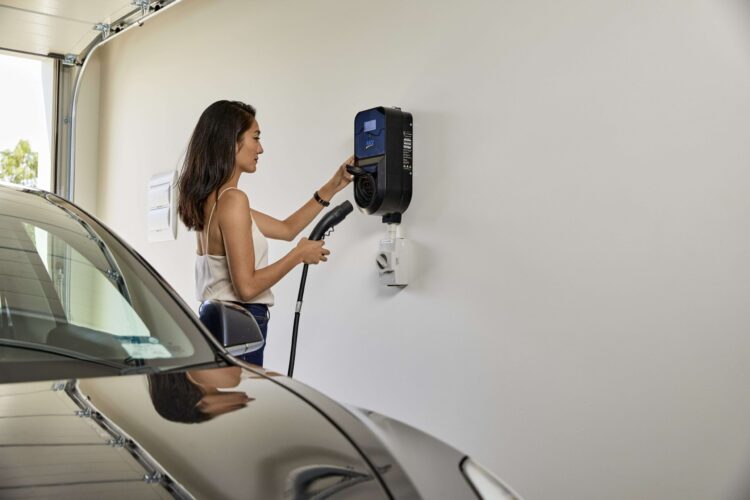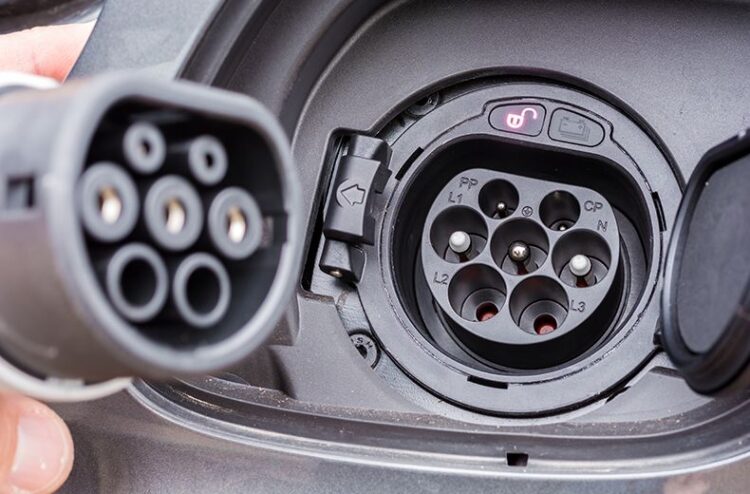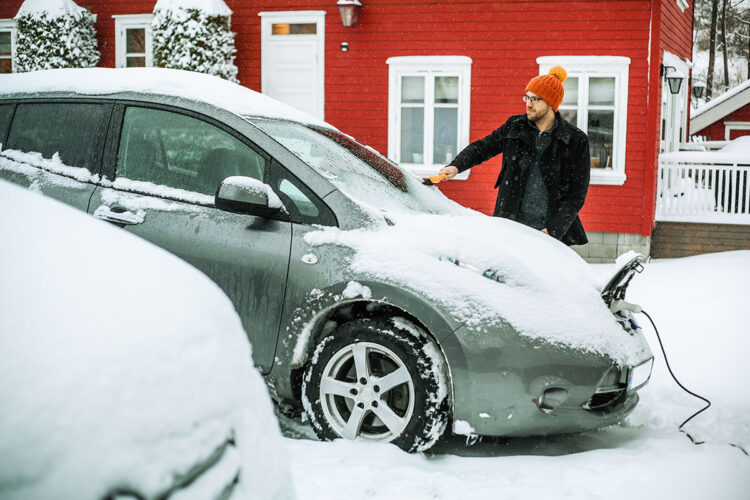12 Expert Best Practice Tips About Caring for Your EV Charger

‘Electronic vehicles’ (EVs) are the current buzzwords around Australia. With the introduction of more sustainable transport, there’s also a need for reliable charging processes.
Fortunately, owning a modern EV comes with a few options to keep your vehicle charged. From cost-effective home charging units that work with a type 2 EV cable to charging stations popping up all over the country, there are solutions available for all EV drivers.
Dos and Don’ts for Effective EV Maintenance
If you want to be proactive about keeping your EV adequately charged at all times, you have most likely invested in a residential charging station. It’s important to keep in mind that your EV charging station requires a certain amount of maintenance to keep it working when you need it. We’ve compiled a few important dos and don’ts to keep in mind.
Turn the Charger Off
As with your mobile phone or another device’s charger, the number one rule is always to switch it off before you store it or clean it. Turn the charger off and remember to switch the isolator off as well. This crucial step will ensure your safety while you use the charger.
Always Unplug the Charger

As soon as your EV is done charging, be sure to disconnect the charger from the vehicle. You should also unplug the charging cable from the charger, even if it’s a portable unit. Doing this will ensure that there’s no damage to the charging cable. The last thing you want is to realise your cable has been damaged while you’re stuck on the side of the road.
Opt for a Soft, Micro-Fibre Cloth
If you’re going to clean your EV charger, always use a soft, non-abrasive micro-fibre cloth or sponge. Refrain from using abrasive materials or harsh chemicals as these can scratch or damage the surface of the charger.
Use Diluted Cleaning Solution
If your charger needs a more intensive cleaning, use a diluted solution of water and mild cleaning soap to clean the surface. Cleaning solutions should always be diluted to prevent soapy residue from building up on the unit.
Only Clean Externally
Cleaning should only be done on the external surfaces of the charger. Use your microfibre cloth to wipe away dirt, grime or dust that may have built up on the surface. During this process, be sure to avoid pushing dirt or debris into any crevices.
Dry Properly

Once you’re done with the cleaning, dry the charger thoroughly. Use another microfibre cloth to do this. Keep in mind that moisture can cause significant damage to any electrical components, making it crucial to dry the device before plugging it back in or switching it on.
Avoid Pressure Washers
While pressure washers are ideal for cleaning certain surfaces on your car, it’s essential to keep these handy gadgets away from your EV chargers and cables. This is because the forceful spray from a pressure washer can force moisture into or around electrical components. If this happens, your charger or cable will be irreparably damaged.
Opt for Protective Caps
Many cable models are equipped with protective caps that keep the contacts covered during cleaning or storage. If your cable comes with these caps, be sure to place them on the cable whenever it’s not in use. These caps go a long way toward preventing moisture from getting into the components.
Regularly Inspect the Electrical Outlets
Before plugging your charger in, be sure to inspect the electric outlet. Keep an eye out for signs of wear or damage. Using a faulty outlet will cause extensive damage to your charger. Furthermore, avoid using extension cords as they pose an electrical hazard.
Watch The Temperature

Another important aspect to consider is the temperature in the area where you’re going to charge because extreme temperatures can cause considerable damage to the unit’s internal components.
With this in mind, it’s vital to avoid leaving your charger in extreme hot or cold conditions. Wherever possible, avoid exposing your battery to below-freezing temperatures.
Always Perform Regular Maintenance
Keeping your EV charger clean is essential to ensuring its longevity. In addition to keeping it clean, you should look out for signs of wear and tear, loose connections or any unusual behaviour when your unit is in use.
Follow Instructions
EV chargers and cables are easy to use. Despite this, it’s essential to follow the manufacturer’s instructions for your specific charger and cable models, as this will ensure optimal performance. If you’re not sure about certain maintenance aspects, contact the manufacturer.
Final Thoughts
Owning an EV can be cost-effective in the long run, especially if you’re maintaining the components and gadgets that ensure it works properly. By taking care of your EV charger and cable, you’ll not only be able to use them when you need them, but the charging experience will be both safe and efficient!




